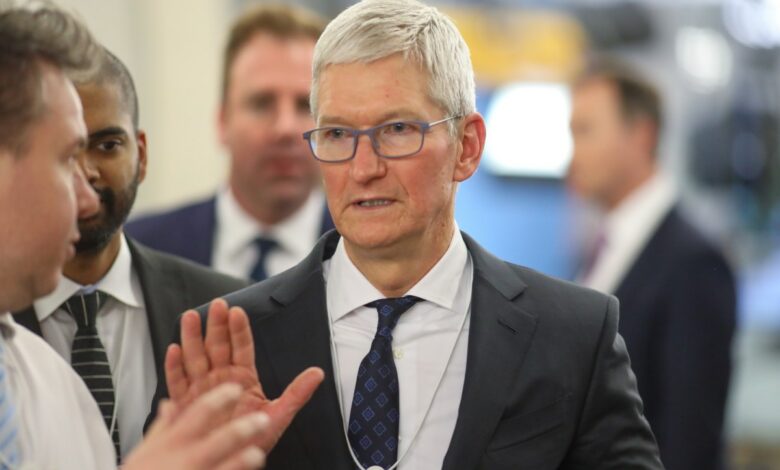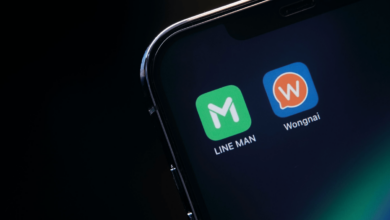Apple earnings see 10% iPhone sales drop, massive buyback fuels stock jump

Apple on Thursday reported a 10% drop in iPhone sales for the second fiscal quarter, dropping from $51.33 billion to $45.96 billion, year-over-year. The slowdown was fueled, in part, by an 8% drop in China.
Apple’s slow adoption of AI versus competitors like Google and Microsoft likely played a role in consumers’ decision to hold off on purchasing a new iPhone. Apple has promised some big announcements on that front (likely at WWDC in June), but the iPhone 16 itself likely won’t arrive until fall.
“Keep in mind as we described on the last call in the March quarter a year ago, we were able to replenish iPhone channel inventory and fulfill significant pent up demand from the December quarter COVID-related supply disruptions on the iPhone 14 pro and 14 Pro Max,” CEO Tim Cook explained on an earnings call. “We estimate this one time impact is to $5 billion to the March quarter revenue last year. If we remove this from last year’s results, our March quarter total company revenue this year would have grown.”
In spite of those dire hardware figures, however, the company still managed to beat Wall Street expectations and the stock rose more than 6% after hours, fueled by both an increase on services revenue and a massive $110 billion stock buyback — a jump over last year’s $90 billion purchase.
Services, which includes offerings like iCloud, Apple TV+ and Apple Music, jumped 14% for the year. Apple has long anticipated a slowdown in hardware sales, and its increasing focus on subscription services have helped to make up for some of that loss.
“We expect our services business to grow double digits at a rate similar to the growth we reported for the first half of the fiscal year,” CFO Luca Maestri noted on the call. He added that, “iPad should grow double digits.”
The company is expected to release two new iPads at a standalone event next week. That the company has not refreshed the tablet line since 2022 no doubt contributed to its own drop in sales from $6.67 billion to $5.56 billion, year over year. At Tuesday’s event, Apple is also expected to announce along with the M4 chip — the latest addition to the Apple Silicon line. The company’s chip progress, however, will soon be challenged by Microsoft’s efforts in the space, which are expected to be revealed at its Build conference in late-May. More hardware is likely also on the docket for its annual World Wide Developers Conference in June.
Apple does not break out Vision Pro numbers. Instead, those numbers are included in Wearables, Home and Accessories — a list that also includes devices like Apple Watch, AirPods and HomePods. Most reports, however, point to worse than anticipated sales. The company still attempted to give the headset’s arrival a positive spin.
“During the quarter, we were thrilled to launch Apple Vision Pro and to show the world the potential that spatial computing unlocks,” Cook noted in a release. “We’re also looking forward to an exciting product announcement next week and an incredible Worldwide Developers Conference next month.”
In February, Cook attempted to address concern that the company was falling behind Google and Microsoft, noting that it would have more information on its generative AI efforts “later this year.” While the subject will no doubt be top of mind at the iPad event, it seems likely the company is saving the big news for WWDC in June. In the meantime, reports have surfaced that Apple is in to integrate both OpenAI’s ChatGPT and Google’s Gemini into future iPhones.
“I don’t want to get in front of our announcements, obviously,” Cook said in response to a question on the subject during tonight’s call. “I would just say that we see generative AI is a very key opportunity across our products. And we believe that we have advantages that set us apart there. And so and we’ll be talking more about it in as we go through the weeks ahead.”
Source link




